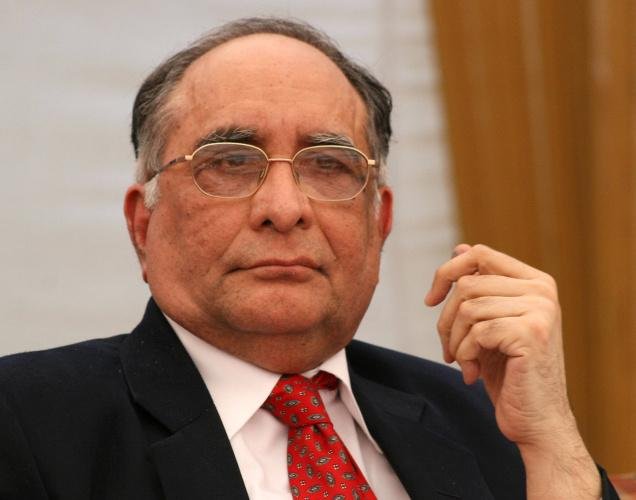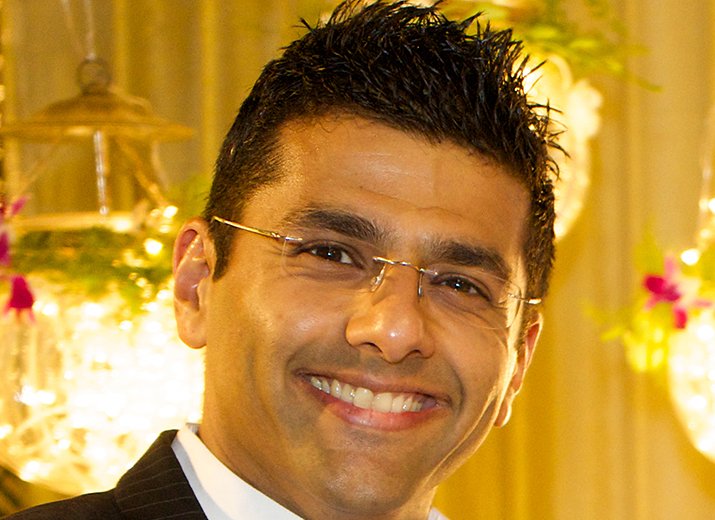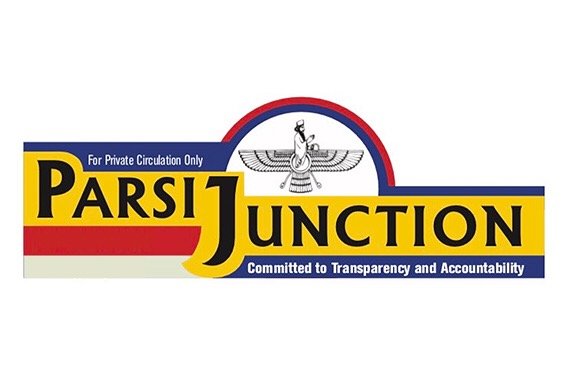The Verdictum: Ex-Chief Justice Of India, S H Kapadia
 Justice Sarosh Homi Kapadia enrolled as an advocate at the Bombay High Court in 1974. Seventeen years later, he was elevated to the Bench as an Additional Judge of the Bombay High Court in 1991, and two years later as a Permanent Judge. In 2003, he was transferred to the Uttarakhand High Court, where he served a short stint as Chief Justice.
Justice Sarosh Homi Kapadia enrolled as an advocate at the Bombay High Court in 1974. Seventeen years later, he was elevated to the Bench as an Additional Judge of the Bombay High Court in 1991, and two years later as a Permanent Judge. In 2003, he was transferred to the Uttarakhand High Court, where he served a short stint as Chief Justice.
Four months later, he was elevated to the Supreme Court, where he spent a total of 3,207 days. During this tenure, he was involved in a total of 834 judgments and orders, having authored 262 of these. He was appointed Chief Justice of India on May 12, 2010 and held office until he retired on September 28, 2012.
Justice Kapadia had humble beginnings, as he revealed in a letter to Justice VR Krishna Iyer:
“I come from a poor family. I started my career as a class IV employee and the only asset I possess is integrity.”
And even after becoming a judge of the Bombay High Court, he would not forget his roots. He favoured sitting in court room 3, where he would spend his lunch break many years before, as a Class IV employee. This was perhaps where his interest in law awakened.
While the same cannot be said of his predecessor, Justice Kapadia’s tenure at the apex court was largely spotless. However, last year, Markandey Katju J. alleged that the former CJI green signalled the elevation of a judge to the Supreme Court, despite knowing of his questionable integrity. These claims were later rubbished by Justice Kapadia.
Month-wise distribution of rulings
During a tenure that lasted close to ten years, Justice Kapadia’s most productive months were the first four of the year. He was part of 126 orders and judgments in February; 118 in April and 106 in January. His least productive months were October (41) and May (45).

Day-wise productivity
Justice Kapadia delivered close to one ruling every two days in the months of February and April. However, for the months after June, his average productivity hovered around 0.2 rulings per day.
As Chief Justice of India, he delivered 69 orders and judgments in a span of 871 days, taking his average productivity to 0.08 during his tenure.

Year-wise distribution of rulings
Justice Kapadia’s most productive years were 2007 and 2008, with 163 and 137 rulings respectively. However, the following years saw a steady decline in the number of orders and judgments passed by him. In his penultimate year as a Supreme Court judge, he was part of just 23 rulings, whereas in 2012, his final year, that number dropped to 19.
| Year | No. of rulings |
| 2003 | 1 |
| 2004 | 107 |
| 2005 | 127 |
| 2006 | 96 |
| 2007 | 163 |
| 2008 | 137 |
| 2009 | 87 |
| 2010 | 74 |
| 2011 | 23 |
| 2012 | 19 |
| TOTAL | 834 |
Bench-wise distribution
Justice Kapadia passed a little over 30% of his rulings while sitting with Justice Arijit Pasayat. He also passed 178 orders and judgments while sitting with Justice B Sudershan Reddy.
Around 151 out of his 834 rulings were made while being part of a 3-judge bench, and 27 were made while he was one among a 5-judge bench. He also sat with two former Chief Justices of India – Justice YK Sabharwal and Justice VN Khare – and with the current CJI, HL Dattu.



Case-wise distribution
Most of Justice Kapadia’s rulings related to civil appeals, more specifically, tax law matters, a subject in which he showed unparalleled expertise. He also passed orders and judgments in 93 criminal appeals and 31 civil writ petitions. While he was a judge, the advisory jurisdiction of the Supreme Court was called upon twice. He also passed orders in 2 criminal curative petitions and 1 suo motu civil contempt case.


Notable Judgments
Throughout his tenure, Justice Kapadia exhibited a no-nonsense approach to corruption, coming down heavily on politicians and authorities in the wrong.
In 2003, he was part of the Bench that pulled up the CBI for its tardiness in investigating the Taj Corridor Case, in which former UP Chief Minister Mayawati was alleged to be a key player. Observing a growing trend where government authorities were being dragged to court for non-performance of their duties, he famously remarked,
“If this continues, a day might come when the rule of law will stand reduced to a rope of sand.”
In 2006, he refused to entertain an appeal by Lalu Prasad Yadav in the Fodder Scam.
In M Nagaraj v. Union of India, he was part of the Constitution Bench that heard a challenge to the amendment which inserted Article 16 (4A) of the Constitution. Here, it was held that each state will have to show the existence of compelling reasons, namely, backwardness, inadequacy of representation and overall administrative efficiency before making provision for reservation. It was also held that the state is not bound to make reservations in promotions.
He was also part of a Constitution Bench that reserved the right of ex-servicemen and their dependents to receive full and free lifelong medical care, provided a one-time contribution is made to ECHS.
In Sunrise Associates v. Govt. of NCT of Delhi, he was part of the Constitution Bench that overruled an earlier Supreme Court decision which held that Sales Tax could be charged on lottery tickets.
Eight years before the recently concluded NJAC case, the tussle between the Executive and Judiciary was brought out in the IR Coelho case. Justice Kapadia was one of nine judges which debated whether the power of Parliament under Article 31-B to put legislations under the Ninth Schedule could be subject to judicial review.
The Bench finally held that the power was not a blanket one and that constitutional validity of the Ninth Schedule laws could be adjudged by applying the direct impact and effect test, which requires that it is not the form of a law, but its effect, that would be the determinative factor.
In BP Singhal v. Union of India, he was part of the Constitution Bench that interpreted Article 156 of the Constitution. In that judgment, it was held that though the Governor holds office at the pleasure of the President, he cannot be dismissed arbitrarily or if his ideologies do not match those of the government in power.
The judgment he will perhaps be most remembered for is the one in Vodafone International Holdings v. Union of India, where he held that Indian tax authorities did not have territorial jurisdiction to tax offshore transactions.
by Aditya AK





